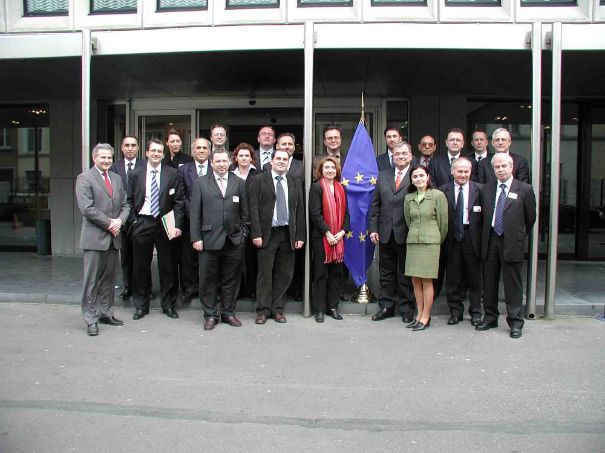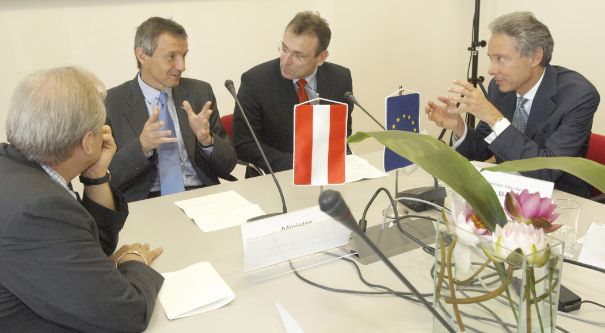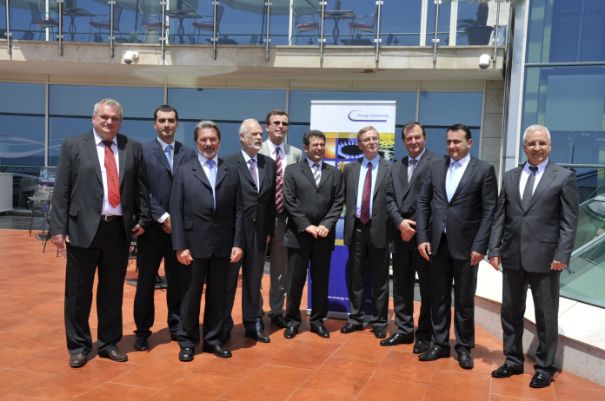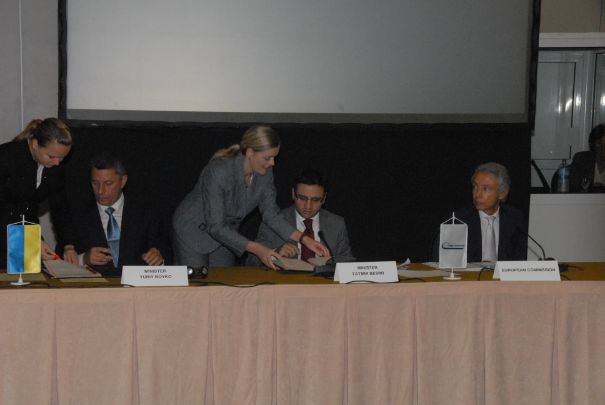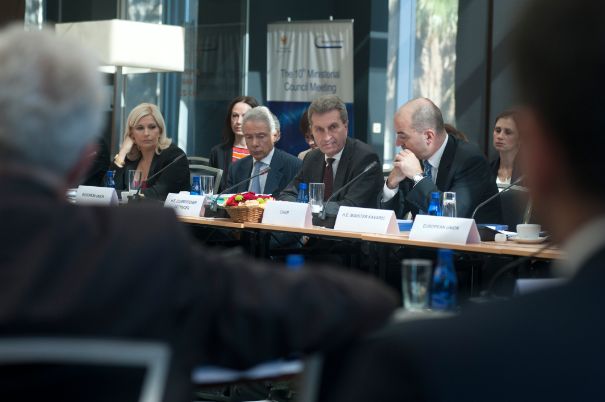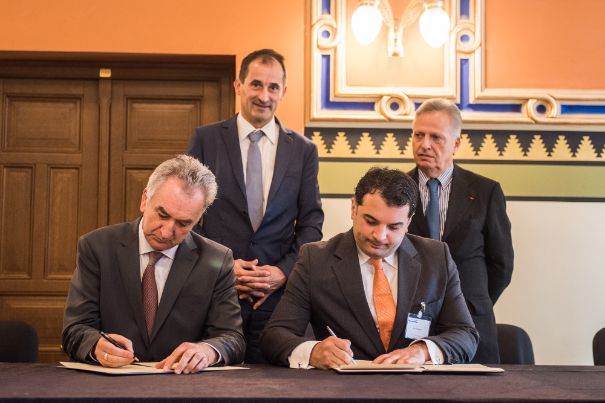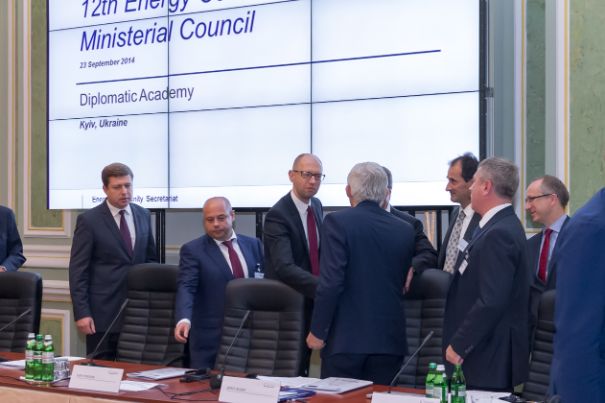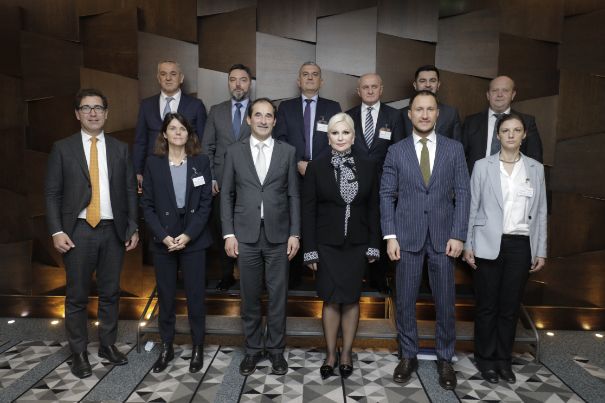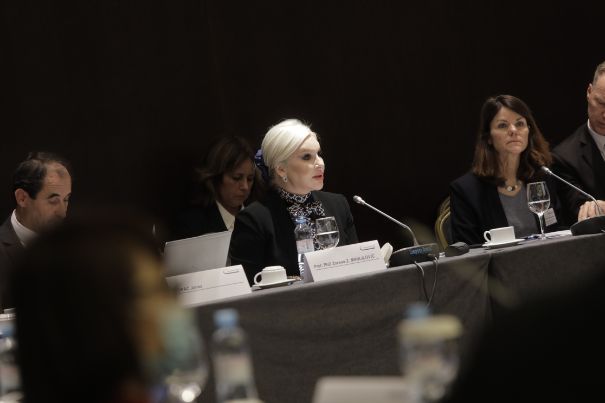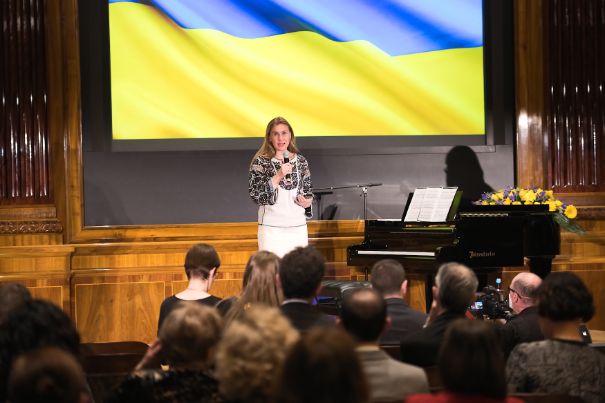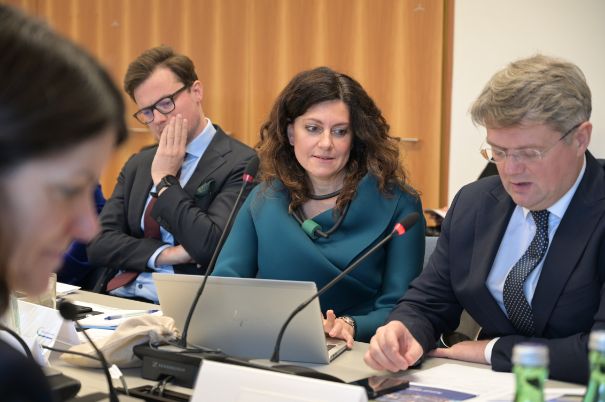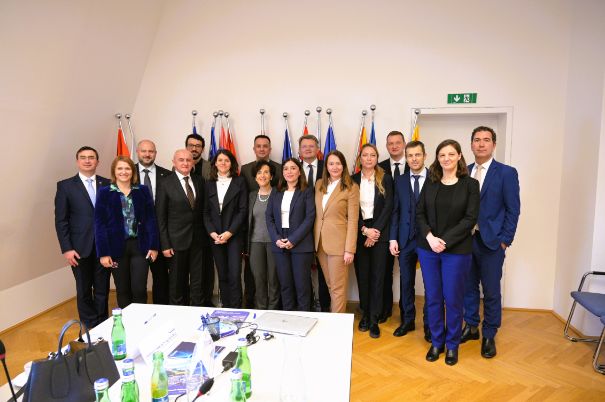Get to know our Members
The Energy Community has 9 Contracting Parties, 3 Observers.
The European Union is a Party to the Energy Community Treaty.
Any EU Member State may obtain the status of a Participant.
-
- Population: 2,8 M
- Population density: 96 per km2
- Area: 28748 km2
- GDP per capita (PPS): $ 21263
- Total installed capacity: 2824 MW
- 2030 RES target: 52,0%
- 2030 EE target: 2,40 Mtoe
-
Bosnia and Herzegovina
Day of accession: 01 October 2006- Population: 3,4 M
- Population density: 67 per km2
- Area: 51197 km2
- GDP per capita (PPS): $ 22449
- Total installed capacity: 4770 MW
- 2030 RES target: 43,6%
- 2030 EE target: 4,34 Mtoe
-
- Population: 3,7 M
- Population density: 53 per km2
- Area: 69700 km2
- GDP per capita (PPS): $ 25072
- Total installed capacity: 4632,2 MW
- 2030 RES target: 27,4%
- 2030 EE target: 5,00 Mtoe
-
- Population: 1,8 M
- Population density: 163 per km2
- Area: 10887 km2
- GDP per capita (PPS): $ 15141
- Total installed capacity: 1237 MW
- 2030 RES target: 32,0%
- 2030 EE target: 1,80 Mtoe
-
- Population: 2,4 M
- Population density: 72 per km2
- Area: 33851 km2
- GDP per capita (PPS): $ 17597
- Total installed capacity: 738 MW
- 2030 RES target: 27,0%
- 2030 EE target: 2,80 Mtoe
-
Montenegro
Day of accession: 01 January 2007- Population: 0,6 M
- Population density: 45 per km2
- Area: 13812 km2
- GDP per capita (PPS): $ 30967
- Total installed capacity: 1064 MW
- 2030 RES target: 50,0%
- 2030 EE target: 0,73 Mtoe
-
North Macedonia
Day of accession: 01 July 2006- Population: 1,8 M
- Population density: 71 per km2
- Area: 25713 km2
- GDP per capita (PPS): $ 24390
- Total installed capacity: 2633 MW
- 2030 RES target: 38,0%
- 2030 EE target: 2,00 Mtoe
-
- Population: 6,6 M
- Population density: 85 per km2
- Area: 77474 km2
- GDP per capita (PPS): $ 28748
- Total installed capacity: 8227 MW
- 2030 RES target: 40,7%
- 2030 EE target: 9,54 Mtoe
-
Ukraine
Day of accession: 01 February 2011- Population: 41 M
- Population density: 68 per km2
- Area: 603550 km2
- GDP per capita (PPS): $ 17630
- Total installed capacity: N/A
- 2030 RES target: 27,0%
- 2030 EE target: 50,45 Mtoe
OUR PROCESS
IS SUPPORTED BY A STRONG
INSTITUTIONAL SETTING
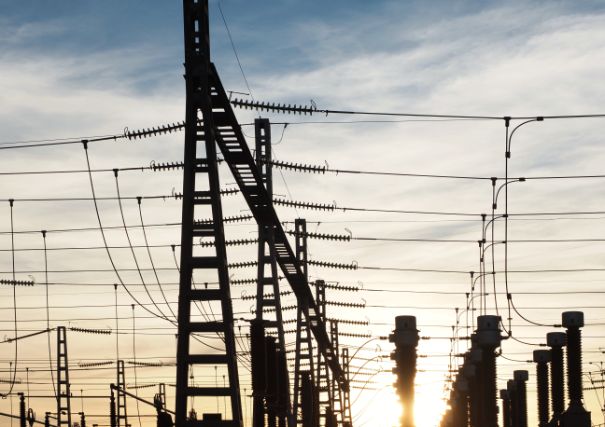
The Energy Community fora meet once a year and serve as broad discussion platforms to explore legal, regulatory, and practical developments in areas of their concern (gas, electricity, oil, a just transition, competition, dispute resolution and law).
The Energy Community Parliamentary Plenum brings together elected members of parliament from the Contracting Parties and the European Parliament. It meets once or twice a year and may adopt resolutions on issues falling within the scope of the Treaty.
The Energy Community also organises ad-hoc workshops to address emerging issues in particular policy areas. Furthermore, the Energy Community maintains regular engagement with numerous stakeholders, including civil society, investors, and donors.

The Ministerial Council is the institution representing the governments of the Parties to the Energy Community Treaty. It is the highest decision-making body of the Energy Community and convenes at least once a year to set key priorities and steer the implementation of the Treaty.
The Permanent High-Level Group meets three or four times a year. It prepares MC meetings and can identify and prepare items for MC adoption without further discussion—these are known as “A points.” The PHLG can also take decisions, including on the adoption of new legislation, if so empowered by the Ministerial Council.
Various policy-specific groups bring in targeted expertise on specific issues related to the Treaty. They provide in-depth, evidence-based recommendations, with their work feeding into Energy Community decision-making.
Expert groups
In addition, specialised working groups are mandated to concentrate on key issues such as energy efficiency, renewable energy, supply security, electricity distribution, cybersecurity and critical infrastructure. These expert groups identify urgent policy challenges and initiate discussions that lead to the development or revision of relevant legislation.
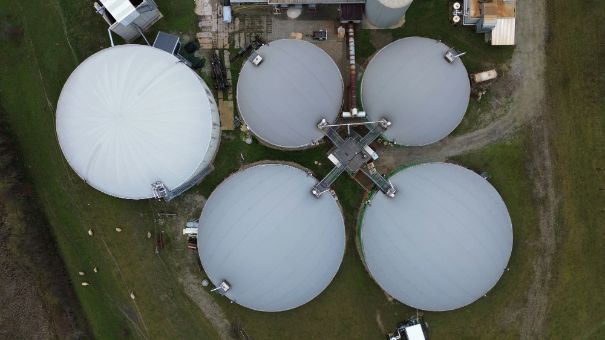
The Energy Community Secretariat, based in Vienna, is responsible for supporting day-to-day activities and monitoring the implementation of the Treaty. It assists in organising all institutional meetings, including the MC and PHLG, and coordinates events on policy issues related to the acquis. The Secretariat facilitates cooperation between the Energy Community’s bodies, ensuring that activities align with the organization’s goals. The Secretariat also offers technical assistance to the contracting parties. Under the dispute settlement mechanism, the Secretariat may bring cases of non-compliance with Energy Community law to the MC's attention.
The ECRB is the independent regional body of energy regulators in the Energy Community and beyond. It serves as the coordination platform for the exchange of knowledge and the development of best practices for electricity and gas market regulation in the Energy Community. ECRB activities focus on coordinating regulatory positions, harmonizing rules across borders, and sharing regulatory knowledge. The permanent staff members of the ECRB form a unit within the Secretariat.
OUR LEGACY
FROM PRESENT TO PAST
EXPLORE OUR HISTORY

